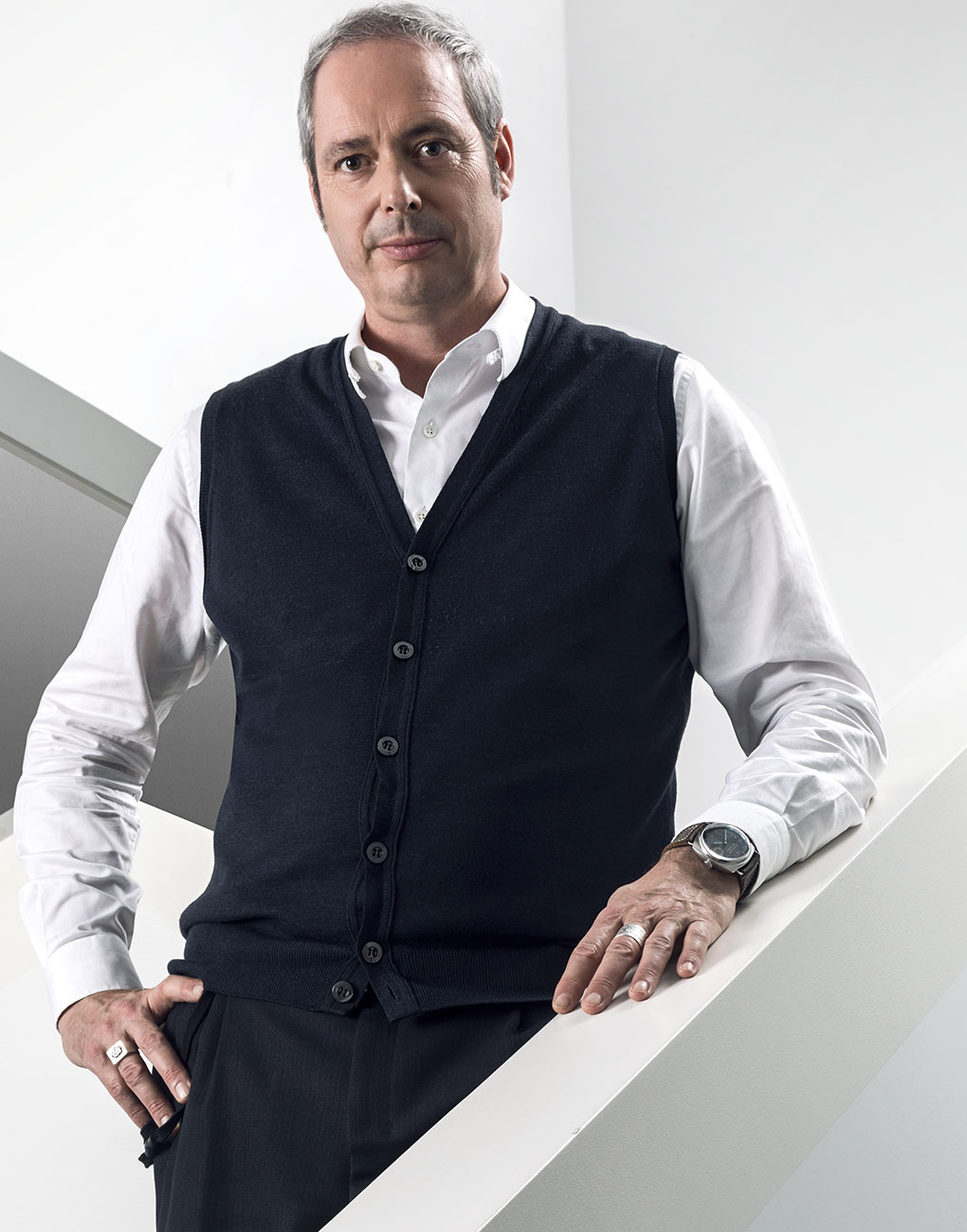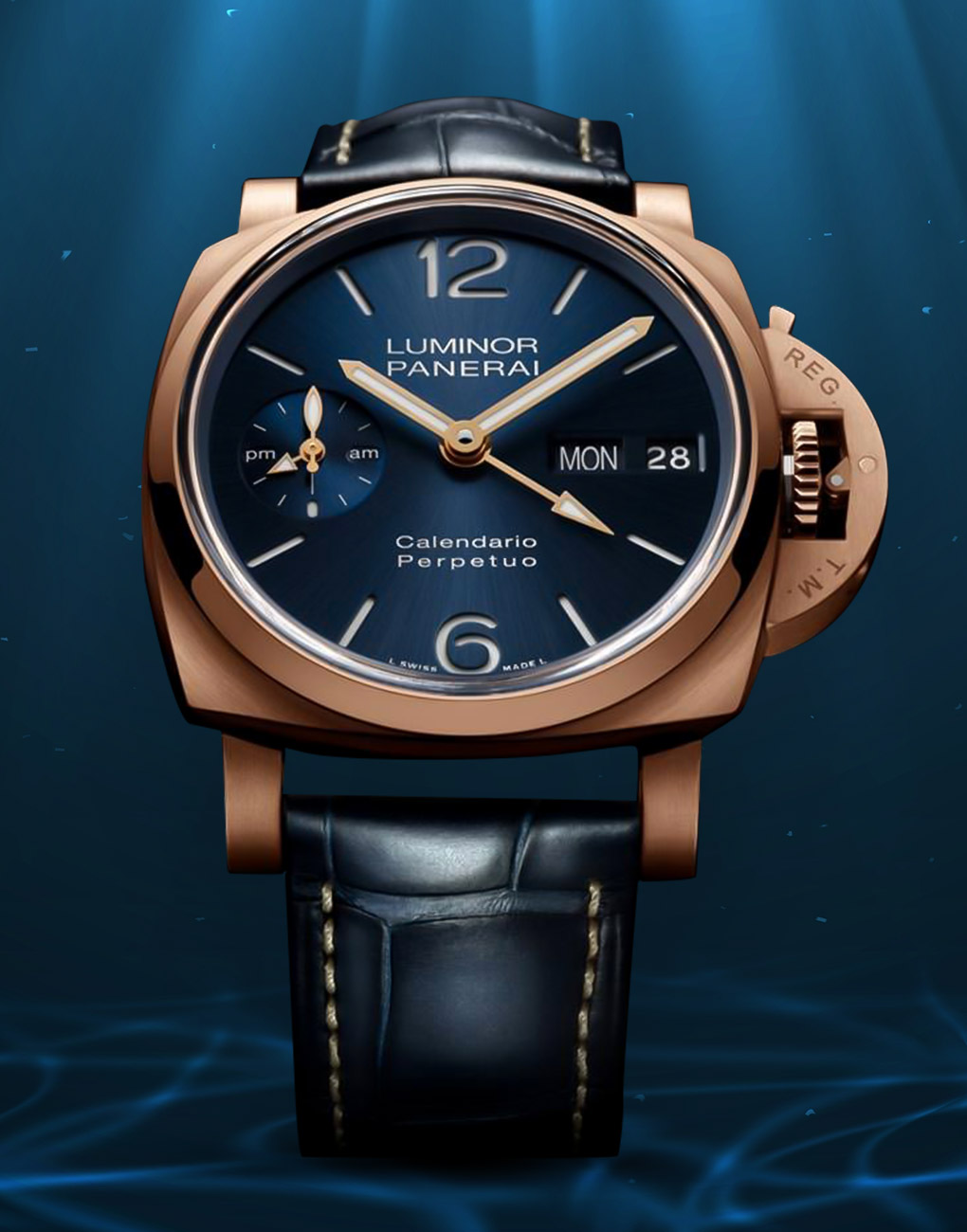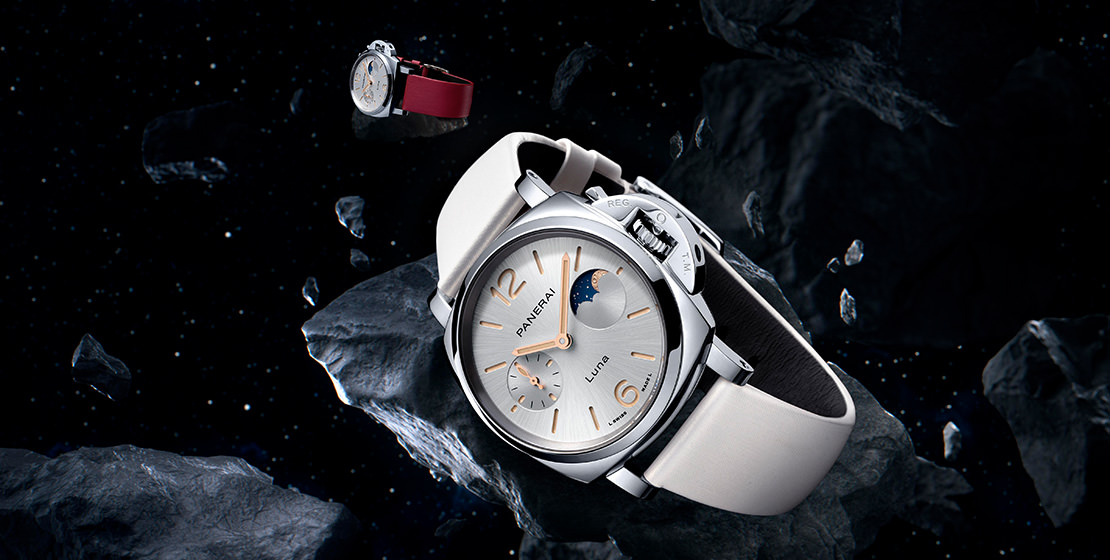Q&APanerai’s COO Talks About The Art Of Creating Icons
It’s all about pushing boundaries with material innovation and complication development, while staying true to the brand’s identity, states Jerome Cavadini, chief operating officer, Officine Panerai
May We Recommend
At Panerai, how do you decide when to introduce different sizes, colour variants, etc of existing models?
The process of deciding when to bring new variations to our timepieces is quite multifaceted. The most significant factor we consider is market feedback and the preferences of our end consumers. The main objective is to widen our offering with watches that still represent Panerai’s DNA, underlining the versatility and adaptability of the brand—two qualities that we believe resonate with today’s watch enthusiasts. The Panerai Luminor Due 38mm, for example, accommodates a more extensive spectrum of wrist sizes and styles.

With the Luminor Due at 38, Submersible at 44, and now Radiomir California at 45, is everything going smaller? Is that the demand, or are these moves simply to offer more variety?
We are a brand that pride ourselves on constant evolution and innovation that stays true to our DNA. Regarding the 45mm, it is still a more important size compared to the average watch sizes, so it remains very close to what we stand for. At the same time we want to offer variety. Our clients appreciate the possibility to choose among different styles that at the same time all link back to Panerai in a very bold way.
It’s not just about introducing smaller dial sizes, but also expanding strap options with vibrant colours to offer a broad range of choices for all our consumers. The inclusion of a second coloured strap accentuates Panerai’s versatility, enabling wearers to personalise their look and fit into various settings.
Carbotech or Goldtech—which innovative material has been the more successful for Panerai? And which of these would you consider as the most innovative?
In terms of materials, our goal is always to push boundaries and discover substances that possess superior properties and can provide our clients with added value compared to standard materials available in the market.

Undeniably, Carbotech is one material that is closely associated with what we stand for. Introduced to the world of watchmaking by Panerai in 2015, it is a composite material based on long carbon fibres. Carbotech boasts exceptional technical performance, along with a matt black appearance that varies according to the material cut, resulting in each timepiece being unique. To construct the Carbotech plates, thin sheets of carbon fibres are compressed at a controlled temperature under high pressure, alongside a high-end polymer, PEEK (polyether ether ketone). This process strengthens the composite material, making it even more durable. Compared to ceramics and titanium, Carbotech’s mechanical properties are superior. It is lighter, hypoallergenic and resistant to corrosion.
On the other hand, when it comes to precious materials, we strive to enhance and incorporate new technical elements. Goldtech is a special alloy used by Panerai, notable for its unusually high percentage of copper, which bestows a rich depth of colour. The alloy also contains a small amount of silver, platinum, and other secret ingredients, all of which contribute to maintaining its stability over time.

You did the first moon phase with the Luminor Due. Now, there’s the first annual calendar with the Radiomir. Is complication development the order of the day? Is there any particular reason why Panerai are venturing into these new areas?
Our progression into these new areas is part of our ongoing efforts to enhance the credibility of Panerai by showcasing the technical prowess we have developed over the years. We have gained a reputable standing in the haute complication and haute horlogerie segments, thanks to our enduring commitment to innovation, technical expertise, and meticulous attention to detail. These pursuits allow us to continue to meet and exceed the expectations of our discerning customers and reaffirm our position at the forefront of fine watchmaking.

Especially now, with newer complications, do you think it’s easier or more difficult to design within the signature templates of the Luminor and Radiomir? What are the challenges faced therein, in order to be fresh, while always retaining the brand’s DNA?
Even as we introduce high complications, the aesthetic codes of Panerai remain strongly represented. The iconic design remains consistent, while it’s primarily the technical aspects that evolve into more complex mechanisms. This is essentially the process of translating Panerai’s aesthetic principles into the world of high complications.
When we conceive new timepieces, they originate from an in-depth study and understanding of the brand’s historic models. In the development process, our goal is to introduce new elements and details, while always remaining coherent and true to the iconic and distinctive design that makes Panerai watches so recognisable in the luxury watchmaking industry.
These principles are especially applicable when we venture into new high-end complications, where we maintain a functional design that is easy to read and set, further exemplifying the consistency in Panerai’s DNA across all our offerings.













